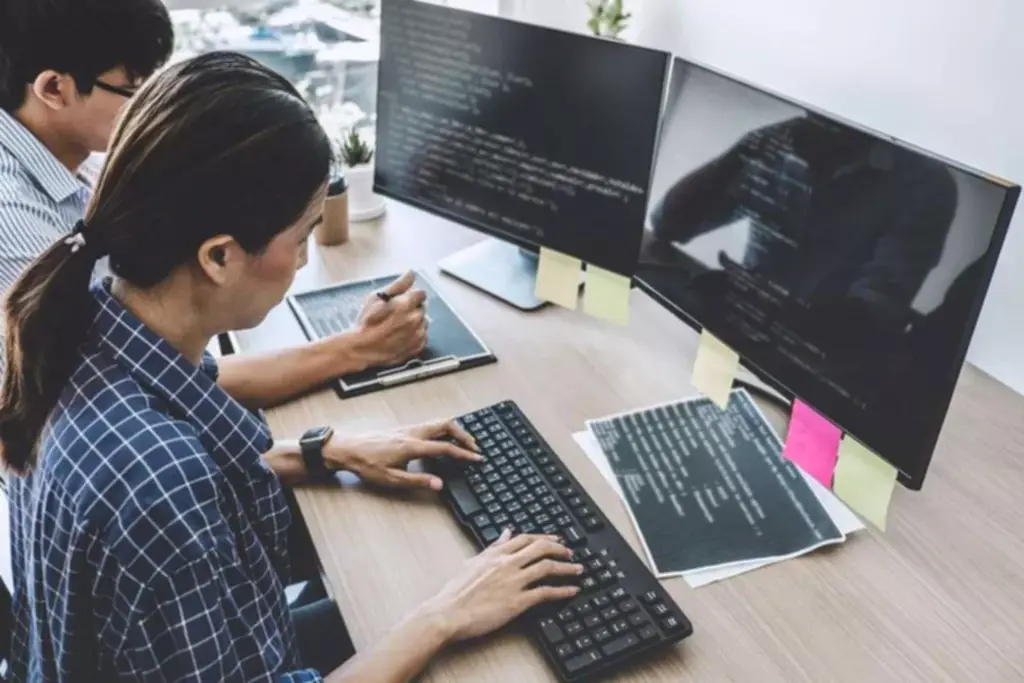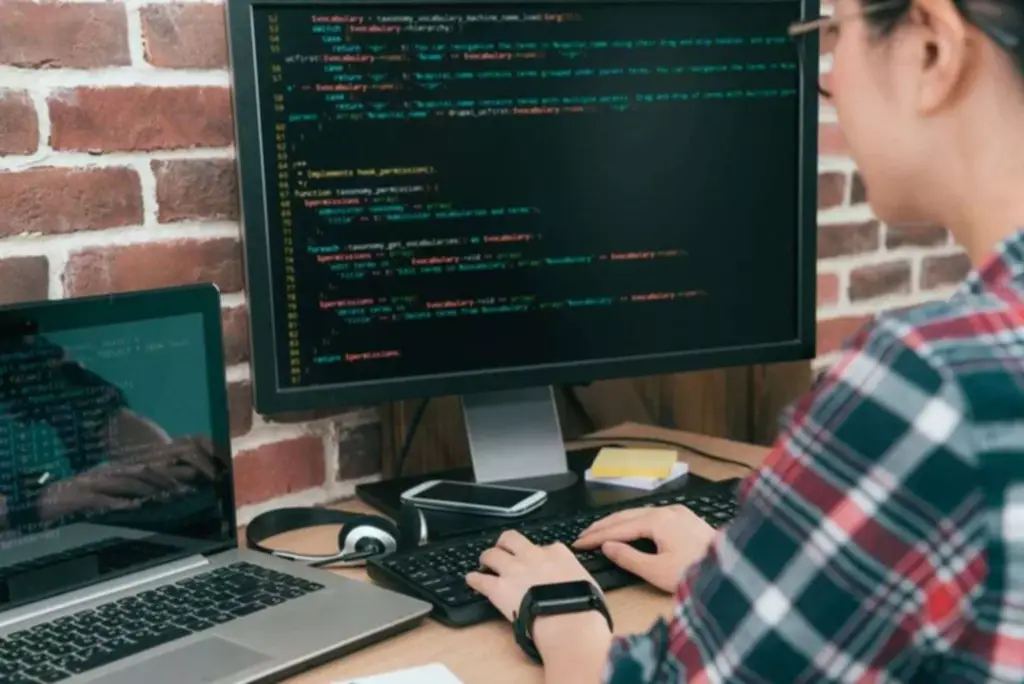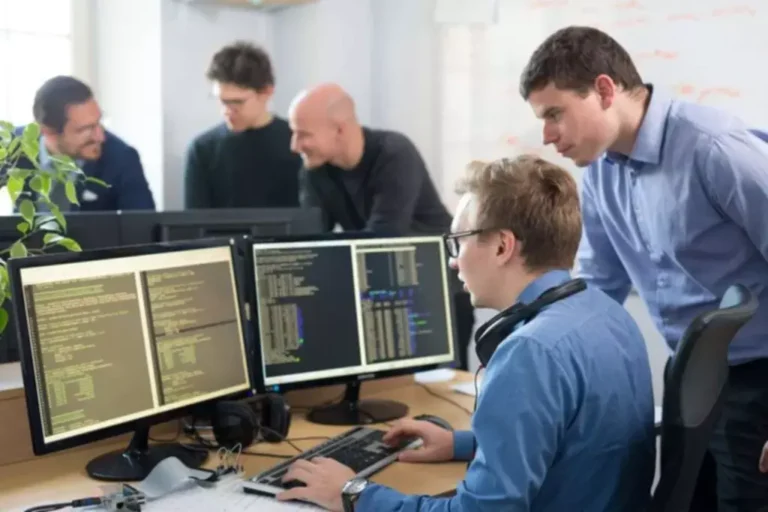According to the company web site, Xenex robots have accomplished more than 35 million disinfection cycles in healthcare facilities worldwide. This germ-zapping robot disinfects hospital rooms and other healthcare settings by eliminating dangerous pathogens, aiming to reduce sufferers’ threat of infections throughout their hospital stays. It makes use of UV light to destroy the DNA and RNA of microorganisms, successfully stopping them from replicating.
Some of the most important leaps within the field have been in software program, in particular in the method in which robots are trained. Robots play contrasting roles in popular culture, from the save-the-day heroism of C3PO and R2D2 in the Star Wars franchise to the relentless T-1000 murderer in Terminator 2. Machines battle with the complexities of the physical world — and dexterous chores are notoriously hard for them to crack. We are looking for the most effective of the best freelancers who pride themselves in their workmanship and customer support abilities. Discover out which components affect your Freelancer.com rating, and learn how to improve your visibility.
- Stationary fashions, corresponding to those in factories, could be connected to an influence outlet.
- AI-powered robots are bettering efficiency, precision, and decision-making in these sectors.
- Nevertheless, effective AI training depends on high-quality data tailor-made to specific robotic purposes.
- In healthcare, AI-enabled robots are now performing surgical procedures, accurately decreasing the chance of human error.
The speed and precision capabilities of robotic systems are making them necessary for manufacturing unit operations in addition to healthcare jobs and catastrophe assistance. Robotics integrated with AI options is unlocking educational opportunities, safety functions and astronomical exploration prospects. The future requires a deep appreciation of AI and robotics to grasp how human-machine partnerships will transform the accomplishment of recent breakthroughs. Artificial Intelligence (AI) and robotics are important industrial improvements that enhance operational efficiency in all major sectors. These applied sciences transform human efficiency through both the simplification of work and the implementation of data-driven selections.
Edge computing provides real-time information processing within robotic hardware, which is important for low-latency use instances corresponding to autonomous navigation. Cloud computing offers huge data storage and highly effective processors to course of massive quantities of knowledge for AI mannequin training. This permits robots to react shortly to their immediate surroundings and study from large information units.
While many worry that this surge in robotics might lead to vital job displacements, this technology may as an alternative redefine the nature of human labor. Furthermore, robots possess a extra constrained capability for creativity and problem-solving compared to humans, doubtlessly leading to drawbacks. Moreover, they will work more consistently than humans, without ever slowing down or rising drained. The time period Cobot, short for collaborative robots, refers to robots engineered to work alongside humans. Industrial robots are perhaps probably the most recognizable, employed to automate tasks in manufacturing settings corresponding to factories and warehouses. This innovation prompted further exploration into robots’ capability to process human feelings.
These technologies allow robots to recognize objects, understand human speech, and even predict outcomes based on historic knowledge. For occasion, AI-driven robotic arms in manufacturing can detect defects in products and modify their operations accordingly, reducing waste and enhancing effectivity. One of essentially the most significant areas where AI in robotics and automation is making an impression is in manufacturing. AI-powered robots are now capable of performing advanced meeting duties, quality management, and inventory management with distinctive precision.
AI makes these swarms coordinate their actions, adapt to changing environments, and perform duties like search and rescue, environmental monitoring, and agricultural automation. Advancements in AI are allowing robots to perceive their environment better, make real-time choices, and work together with people. AI is reworking the robotics trade, permitting organizations to build large-scale autonomous systems to deal with advanced tasks more independently and effectively.
Information Management

Monitor, troubleshoot, and evaluate the data and labels impacting model performance. Understand and manage your visible data, prioritize knowledge for labeling, and initiate active studying pipelines. For occasion, AI powers on a regular basis technologies, similar to Google’s search algorithms, re-ranking systems, and conversational chatbots like Gemini and ChatGPT by OpenAI.

By enabling robots to make real-time decisions, AI is revolutionizing automation and expanding the chances for robotic techniques. One of probably the most notable advancements in AI robotics is the event of collaborative robots, or cobots, which work alongside people in varied industries. These robots are designed to help workers in tasks that require precision and power, enhancing productiveness while ensuring safety. The integration of AI in robotics can be paving the best way for totally autonomous systems, corresponding to self-driving automobiles and robotic supply drones. Artificial Intelligence (AI) in robotics is considered one of the most groundbreaking technological advancements, revolutionizing how robots carry out duties. What was once a futuristic concept from space operas, the idea of “artificial intelligence robots” is now a actuality, shaping industries globally.
Artificial Intelligence In Robotics
The integration of AI in robotics is transforming industries and redefining the means forward for Software Development Company automation. From industrial manufacturing to healthcare and autonomous autos, AI-powered robots are enhancing effectivity, security, and decision-making capabilities. As companies proceed to undertake AI-driven robotics, they have to spend money on advanced technologies and workforce training to maximize the advantages of automation. Its major objective is to help healthcare staff by handling nonpatient-facing duties utilizing advanced machine studying algorithms and real-time data processing capabilities. Nonetheless, it wasn’t till the mid-20th century that engineers began to design machines that seemed and acted like human beings, capable of move around in a controlled setting. Today, robotics are found in many industries, including manufacturing, healthcare, space exploration and autonomous vehicles.

Collaborative robots, or cobots, work safely alongside humans in shared workspaces. Not Like conventional robots that operate in isolated environments, cobots use AI-powered notion, ML, and real-time decision-making to adapt to dynamic human interactions. AI enhances robotics by enabling machines to learn, adapt, and make choices autonomously. From industrial automation to service robots, AI is changing the face of the world.
How Is Ai Shaping The Future Of Robotics And Automation?
Businesses and industries that embrace AI-driven robotics will gain a competitive edge, enhancing productiveness and innovation. Discover how Audi uses autonomous robots, edge analytics, and machine studying to automate and enhance crucial quality-control processes. Retail and hospitality businesses use robots to greet customers, present concierge or way-finding providers, full janitorial providers, and assist customers with baggage. Robots outfitted with cameras and sensors use computer vision capabilities to scan shelves to observe stock ranges and establish misplaced gadgets to automate inventory processes. Service robots help hospitality capabilities in tasks like room service supply, cleansing, and even in kitchens to prepare food, guaranteeing consistency and hygiene.
From robotic-assisted surgeries to AI-driven diagnostic tools, these applied sciences are enhancing affected person care and enhancing medical outcomes. In smart factories, AI-driven robots use pc imaginative and prescient to inspect products for defects, guaranteeing high-quality standards. These robots can even analyze manufacturing knowledge to determine inefficiencies and recommend enhancements, resulting in increased productivity and price savings. Moreover, AI-powered robotic arms can work alongside human operators, enhancing office safety and reducing the chance of injuries.

